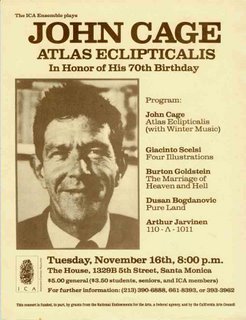The book's title, 1453, is the year when the 21-year old Sultan Mehmet II besieged the fortified capital of Byzantium, remnant of the long-since faded Roman Empire. Mehmet augmented clever military and political strategy with the latest high-tech weapons systems, namely huge bronze canon, up to 27 feet long and 30 inches in diameter, which fired half-ton boulders over a mile. It was history's first artillery bombardment. The story has twists and turns, colorful characters, intense religious superstition and even a volcanic eruption half a world away.
These events were well documented by contemporary writers who witnessed both sides of the fight, although it should come as no surprise that later historians muddied the facts. Crowley's book, amazingly, is totally footnote-free. If you want, you can look up sources in an appendix using the incipit of quotes. He occasionally suggests that certain writers might have had reason to shade the truth and isn't afraid to speculate on questions history hasn't answered.
The outcome of the story is never in doubt: Mehmet wins, the city falls. Thanks to careful narrative practice and exceptional descriptive writing Crowley keeps things moving. I was completely caught up in it.
Oh, yeah, one more thing. It's still relevant in 2012. The fall of Constantinople is one very ancient chapter in the ever-unending cultural conflict between fanatical Middle Eastern Muslims and fanatical Western Christians. Today the news is still filled with twists and turns, colorful characters, intense religious superstition and the latest high-tech weaponry. (Happily big volcanic eruptions are pretty rare these days.)
Here is a quote from near the end of 1453 which describes European reaction to the devastating news that Constantinople had fallen.
If there is any moment at which it is possible to recognize a modern sensibility in a medieval event, it is here in the account of reactions to the news of the fall of Constantinople. Like the assassination of Kennedy or 9/11 it is clear that people throughout Europe could remember exactly where they were when they first heard the news. ... The news radiated outward across Europe as fast as a ship could sail, a horse could ride, a song could be sung. It spread outward from Italy to France, Spain, Portugal, the Low Countries, Serbia, Hungary, Poland, and beyond. ... The diplomatic channels between the courts of Europe hummed with news and warnings and ideas for projected Crusades. Across the Christian world there was a huge outpouring of letters, chronicles, histories, prophecies, songs, laments, and sermons translated into all the languages of the Faith, from Serbian to French, from Armenian to English. The tale of Constantinople was heard not just in palaces and castles but also at crossroads, market squares, and inns. It reached the farthest corners of Europe and the humblest people: in due course even the Lutheran prayer book in Iceland would beg God's salvation from "the cunning of the Pope and the terror of the Turk." It was just the start of a huge renewal of anti-Islamic sentiment.
Don't forget what President George W. Bush said, on the south lawn of the White House, Sept. 16, 2001
This crusade, this war on terrorism is going to take a while.
This is not the first book related to medieval history which Mixed Meters has reviewed.
Middle Age Business Man - The Merchant of Prato by Iris Origo (This post also discusses the fall of Enron.)
"Francesco's personality shines through all this too. He was a man I would probably not like. A micro-manager who ignored advice, who wanted only the most expensive stuff just because it cost more, who adhered uncritically to the superstitions of his day and who seemed to enjoy nothing much beyond his work."The Merchant of Prato is also mentioned in In Which Using Your Head Has A Medieval Meaning about certain bizarre forms of entertainment of the time.
In Which David Finishes Reading a Book - Baudalino by Umberto Eco
"In all this I find parallels to our time. Religous belief in "what is written" makes people do strange things now, too. Eco reminds us that history is what the historians say. Is telling history the same as telling the truth? These days people who disagree with our accepted story are regarded with suspicion."Other very tangentially related posts:
Magazine for Renaissance Brass Players?
In Which Music Moves Slowwwly
The painting came from here.
Medieval Tags: fall of Constantinople. . . Roger Crowley. . . religious war


